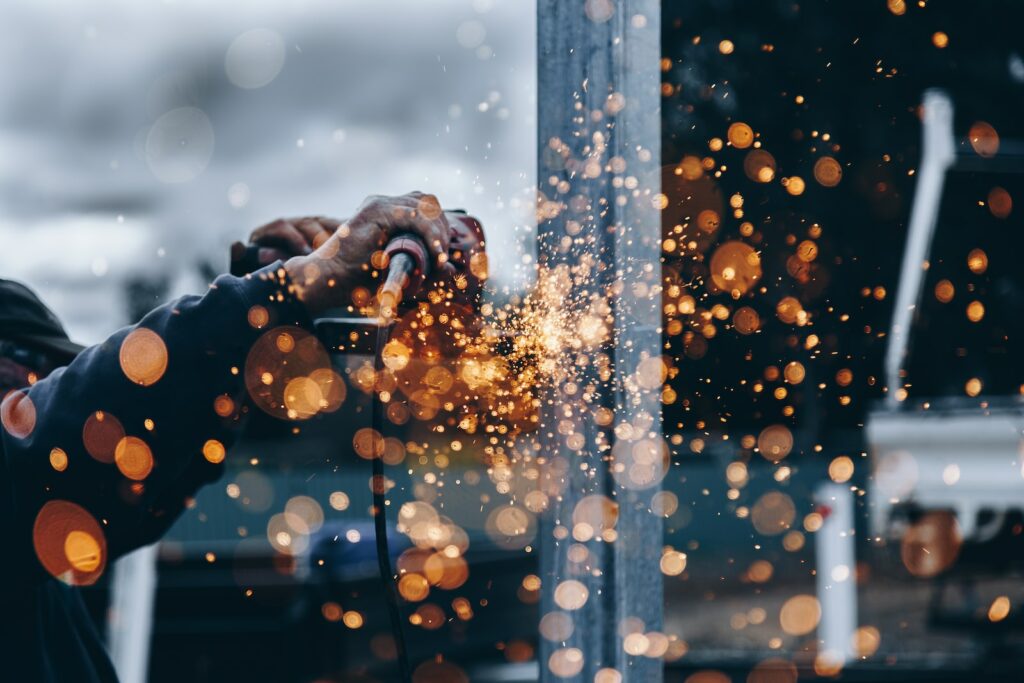Steel is an excellent choice for buildings that need to withstand harsh weather conditions, such as heavy snow loads and high winds. Additionally, such metal buildings are fire-resistant, making them an ideal choice for areas that are prone to wildfires.
According to a report by the Canadian Steel Construction Council, Quebec is among the top provinces in Canada in terms of metal construction, accounting for over 20% of the country’s total steel building market. The report also highlighted that such metal structures are becoming more popular in Quebec due to their durability, versatility, and sustainability. Furthermore, such a steel building Quebec offers long-term savings in maintenance and energy costs, with up to 30% reduction in energy consumption compared to traditional buildings.
Life Span
Steel is one of the strongest materials used in construction, and its durability and strength make it an ideal choice for buildings that need to withstand harsh weather conditions and other potential hazards. Such a metal can withstand high winds, heavy snow loads, and earthquakes, making it a popular choice for buildings in areas prone to natural disasters. Additionally, the metal is fire-resistant, which means that it can withstand high temperatures without losing its structural integrity. This quality makes it an ideal choice for buildings in areas that are prone to wildfires.
Sustainable and Eco-Friendly
In today’s world, sustainable and eco-friendly building practices are becoming increasingly important. Steel is an environmentally-friendly material that can be recycled and reused without losing any of its properties. When such a structure is no longer needed, it can be dismantled and recycled, reducing waste and conserving resources. Additionally, metal production requires less energy than other structural materials, which can help reduce greenhouse gas emissions and promote sustainability.
Metal buildings are also energy-efficient, and they can help reduce energy costs. Stainless metal is an excellent insulator, which means that it can help regulate the temperature inside the building. This can help reduce heating and cooling costs, and it can make the building more comfortable for its occupants. Moreover, a steel building in Quebec can be designed to incorporate renewable energy sources, such as solar panels, which can further reduce energy costs and promote sustainability.
Versatility and Flexibility
Steel is a versatile material that can be used to create a wide range of structures, from simple warehouses to complex architectural designs. It can be easily modified and expanded, making it an ideal choice for buildings that may need to be adapted to meet changing needs. This quality is particularly beneficial for commercial and industrial buildings that may need to accommodate new equipment or machinery. Additionally, the metal can be pre-fabricated off-site and then assembled on-site, which can help reduce construction time and costs.
Cost-Effective
A steel structure is a cost-effective option for both short-term and long-term applications. While the initial cost of it may be higher than other construction materials, such as wood or concrete, it offers long-term savings in maintenance, repairs, and energy costs. The metal is easy to maintain, and it does not require frequent repairs or replacements. This can help reduce maintenance costs and extend the lifespan of the building.
Speed
The speed of construction is one of the most significant advantages of such metal structures. Steel components can be pre-fabricated off-site, which means that the on-site construction time is significantly reduced. This process can help reduce labor costs, as well as reduce the amount of time that the building site is occupied. This can be particularly beneficial for businesses that need to get up and running quickly or for projects that have tight deadlines.
5 Benefits of Construction Project Management Software in 2023(Opens in a new browser tab)
Such a metal structure offers many advantages over traditional construction methods. Its durability, strength, sustainability, versatility, cost-effectiveness, and speed of construction make it an ideal choice for a wide range of applications.
